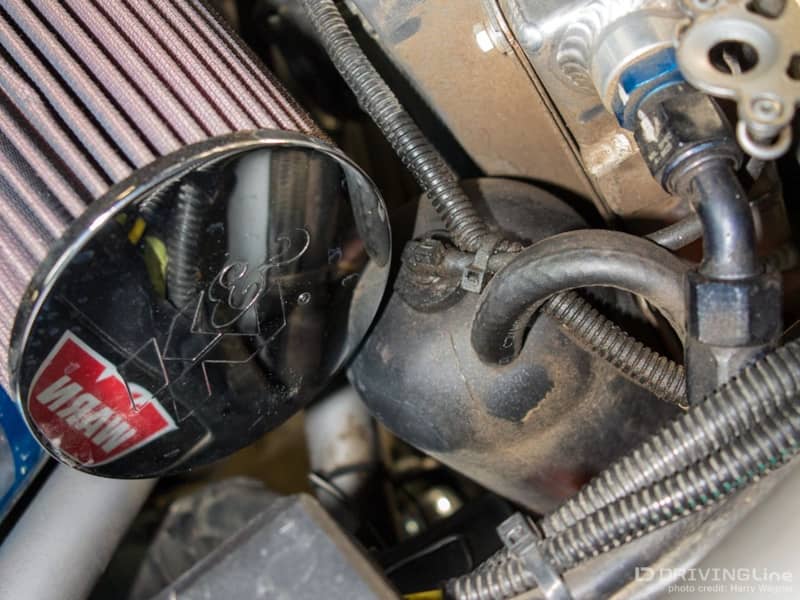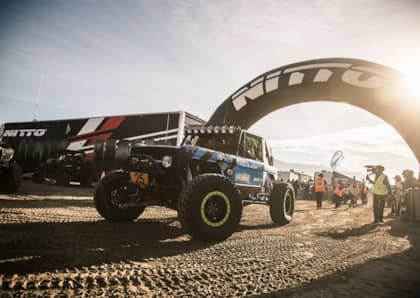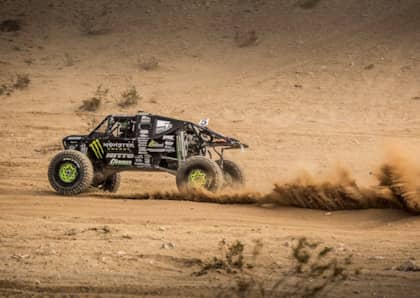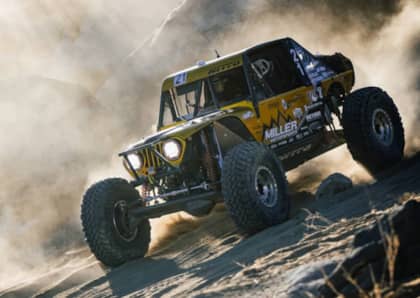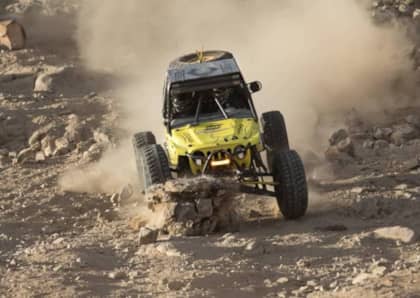How to Avoid these Top 10 Ultra4 Violations
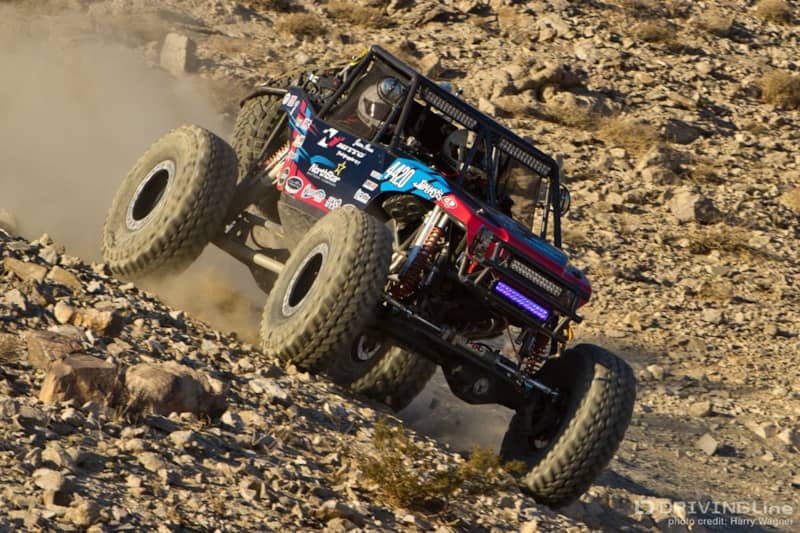
10) Fire Extinguishers
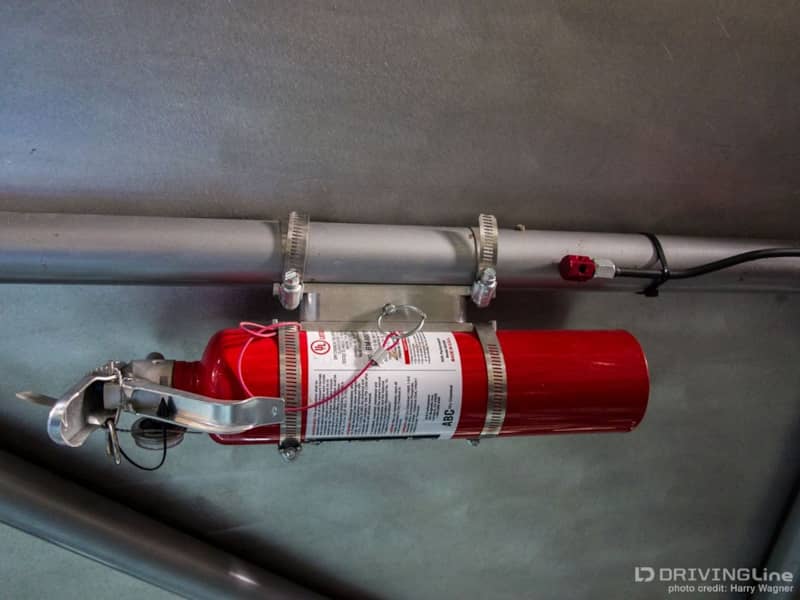
9) Restraints
There are two issues that commonly come into play with harnesses. The first is the date of manufacture, as SFI certifies belts for three years from the date of manufacture. They can be re-certified after that date, or replaced. The other issue is the routing of the shoulder restraints. They should be mounted between 0 and 10 degrees downward in order to avoid excessive downward force on the spine in the event of an accident. Wrap-around style belts are permitted, except for the lap belts, but remember they must be captured and not allowed to slide side-to-side along the bar they are wrapped around. The 3 bar slide buckles used for adjusting the installed belt length should be located as close as possible to the mounting point and the belts wrapped back through the slide so that only 1 of the 3 bars is visible.8) Locking Dipstick
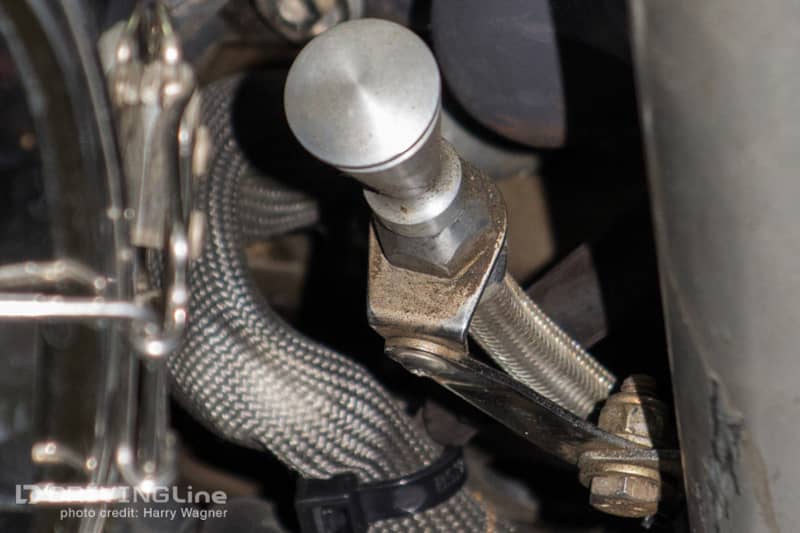
7) Sealed Firewall
The purpose of the firewall is protect the occupants from heat or fluids in the engine compartment. It is like a wall meant to keep out, you know, fire. It if does not extend the full width of the vehicle or if it has gaps in it, it cannot do its job. Schuit mentioned that metal tape can be used to fill small gaps in the firewall and floor. Keep in mind that an additional firewall is required between the fuel cell and occupant compartment as well for the same reason.6) A-Pillar Gussets
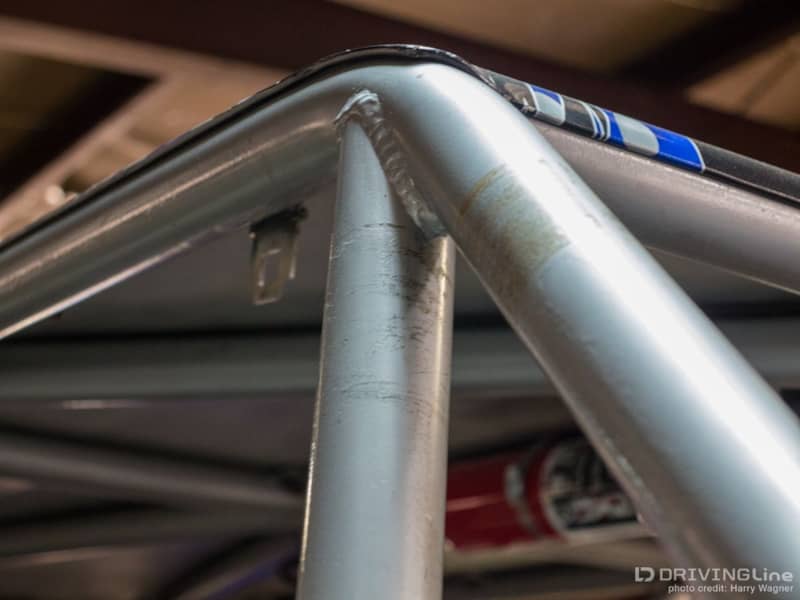
5) Hydraulic Line Routing
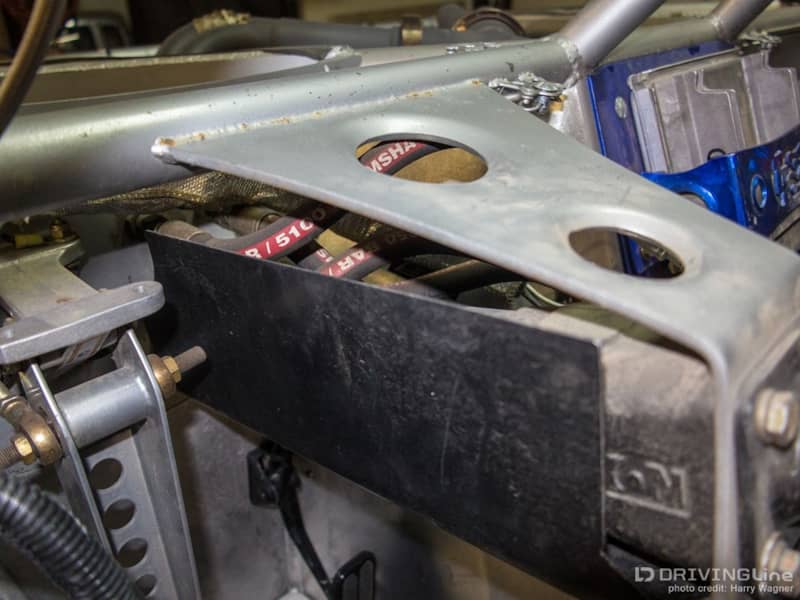
4) Functioning Rear Lights
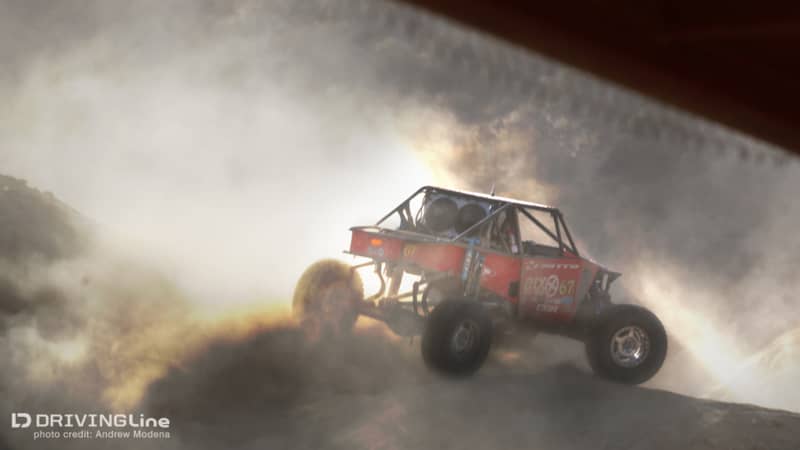
3) Window Nets
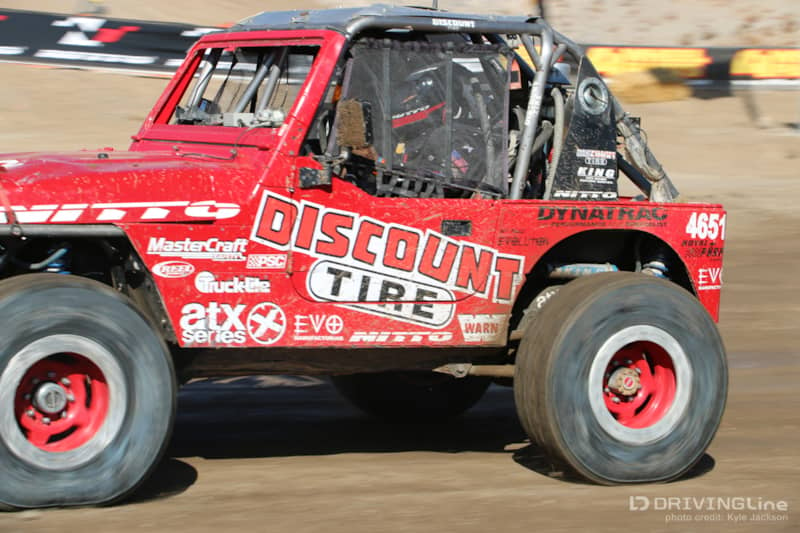
2) Ball Valves
All supply and return lines on the fuel tank must have 1/4-turn ball valves that are easily accessible. This feature has saved several cars from being consumed by fire after rolling over. The vent line is required to have a rollover valve, but a ball valve on the vent line is a worthwhile addition for added safety.1) Fluid Containment
